Imaginig Song Patterns (2021)
Creative Coding / Data VisualisationMIDI / Processing / Adobe Illustrator
“Imagine that you are painting with the sound!”
— Solveiga Raja
The Latvian National Opera and Ballet ex-Prima Donna
The Latvian National Opera and Ballet ex-Prima Donna
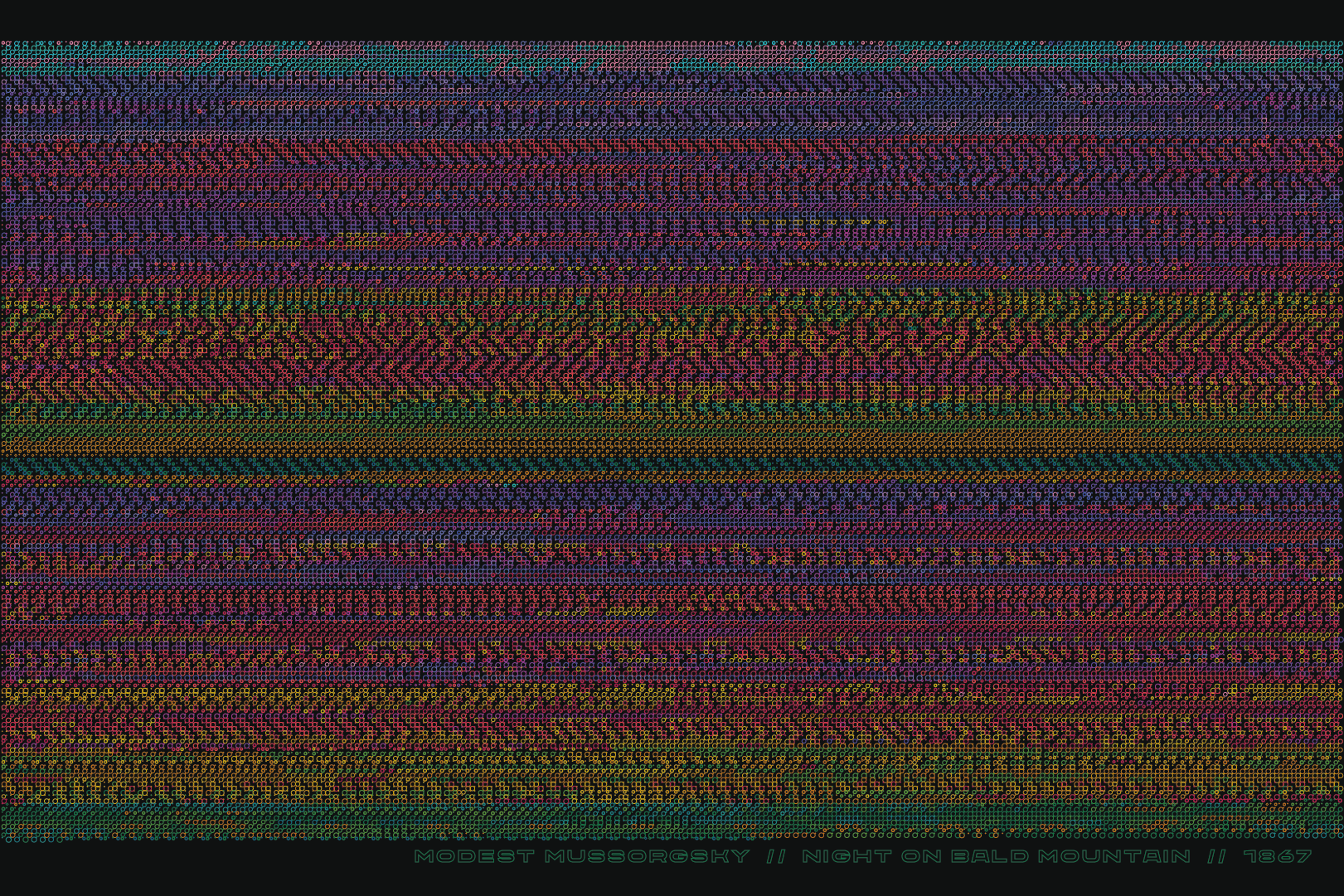
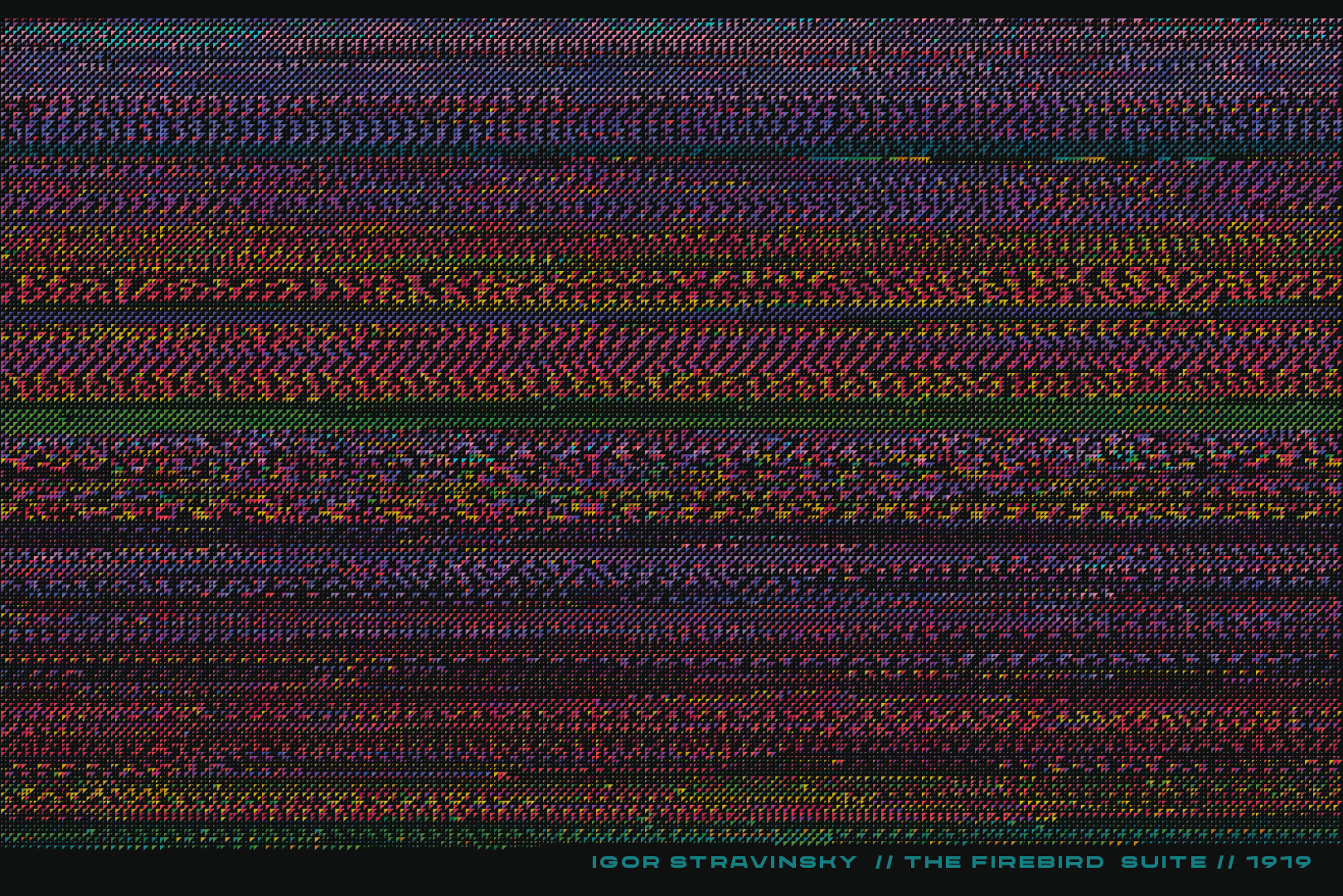


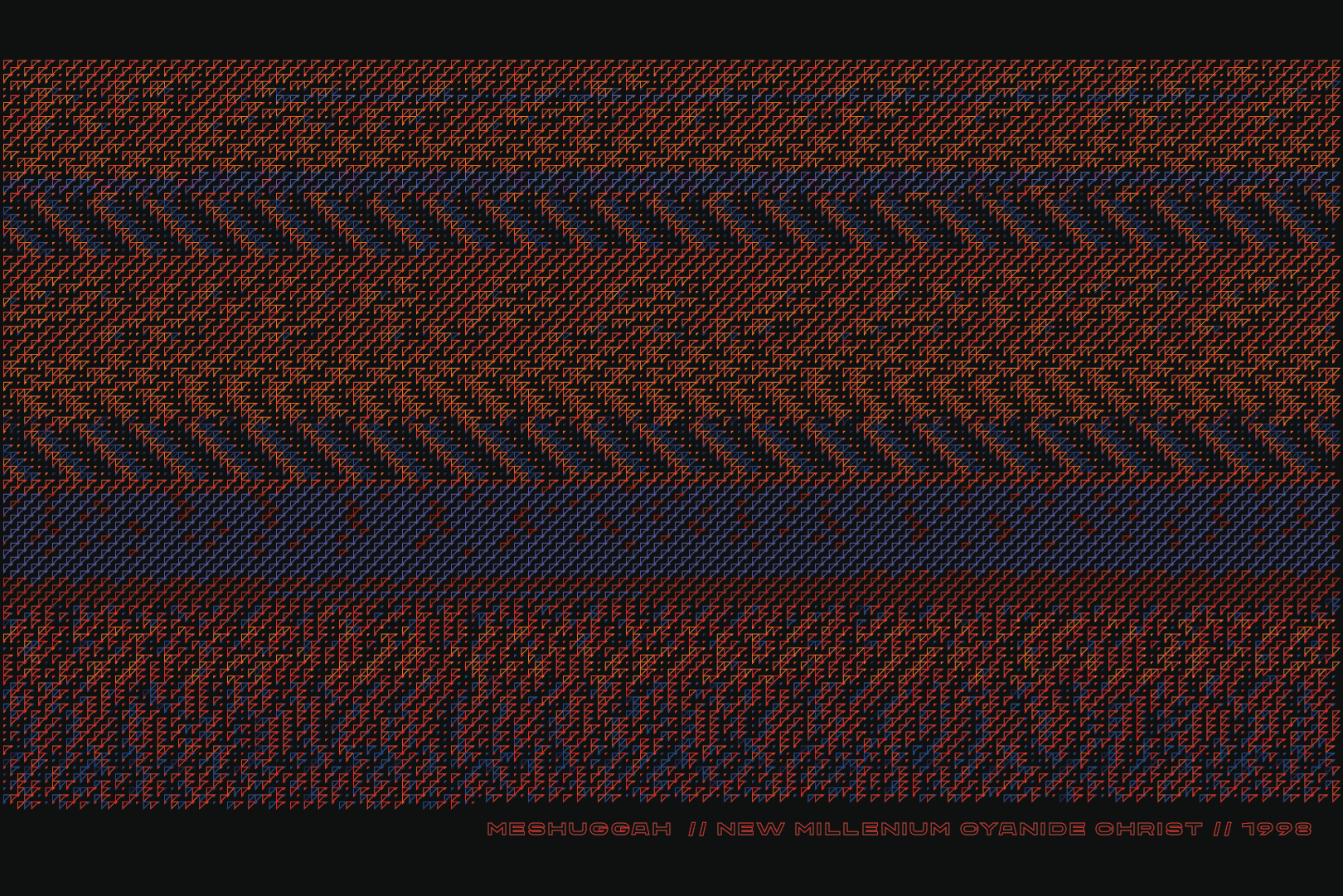

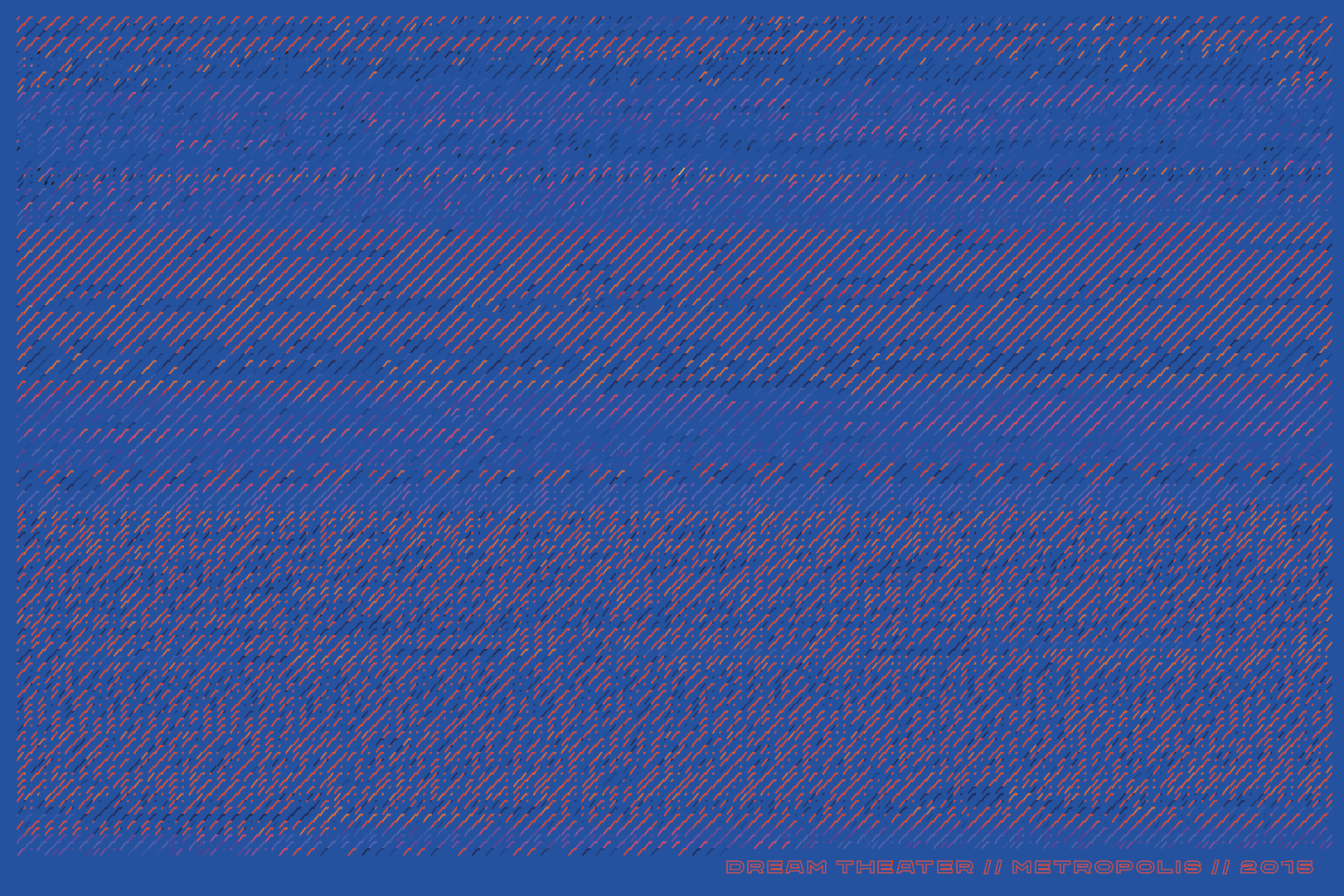

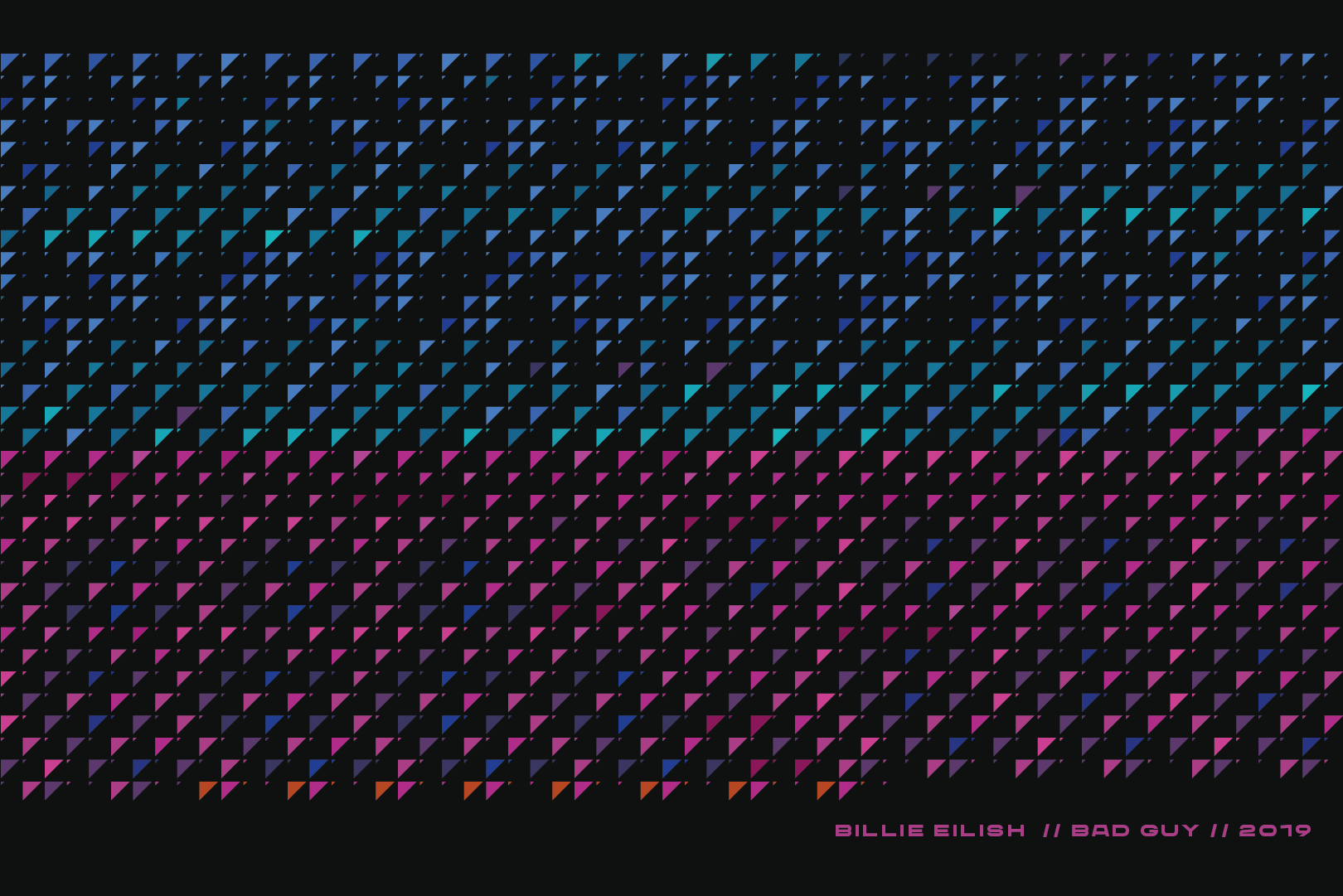
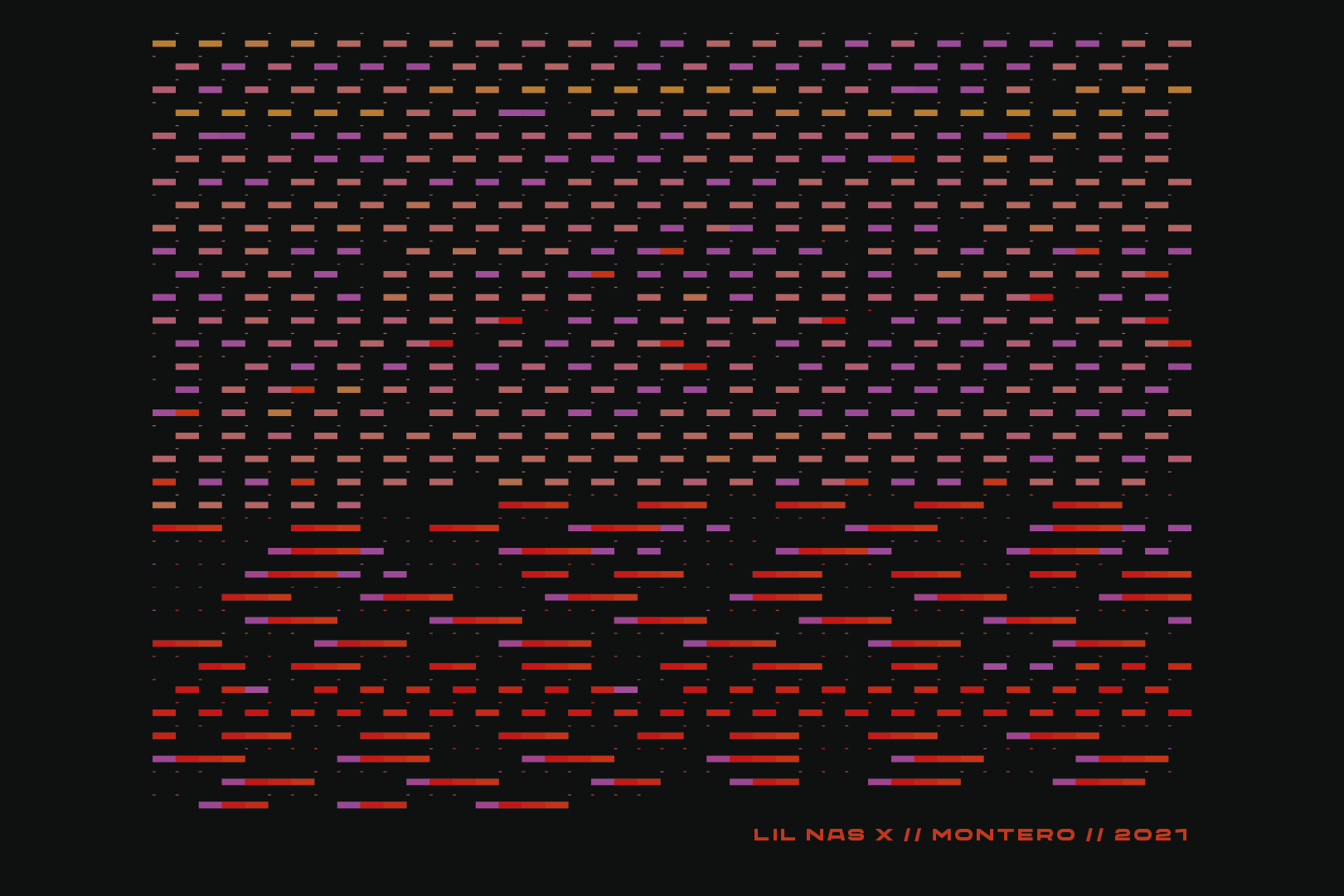
Imagining
Song Patterns is an extension to my Data Visualisation project at The
Glasgow School Of Art where I followed the concept “music as data”. I
always perceived music from an emotional standpoint even though I am
aware that a big part of it is structure, so creating visuals from
numbers turned out to be a new and exiting area to explore. The way I
was planning this project from the very beginning was taking multiple
songs/pieces from different genres and compare outcome patterns.
Finally, I have got chance to revisit this idea during GSA Open Share
weeks and bring it to satisfying conclusion.
Each pattern is generated from MIDI file data after conversion to CSV (comma-separated values), so it displayed in a different form than traditional sheet music. Starting from the top all the parts for track 1, then 2, 3, etc. I took 5 genres: Rock/New Wave; Rap/Trap; Progressive Metal/Rock; Modern Pop; Classical, 2 songs in each genre, then I assigned colour palettes to different ranges. In general there are 11 possible ranges, from 1 to 10 contains 12 numbers which are 12 notes of an octave: C, C#, D, D#, E, F, F#, G, G#, A, A#, B. However, 11th range has 6 note shorter than other 10 ranges. During my experimentations I did not discover any song which would go extremely low or high, so the colours for these ranges did not make it to final patterns.
A big part of my art practice is to work with colour and, being maximalist in that aspect, I created 5 sets of colours for ranges in each genre. Some of them are similar but I tried to move them around so the results are not looking the same. In general, I have used a lot of colours so the changes in range are more visible on the final pattern.Despite being maximalist in colour, when it comes to the graphical part of visual work I am strongly influenced by the Bauhaus movement and constructivism. This is giving me inspiration to manipulate simple geometric shapes in many ways to get different results.
Each pattern is generated from MIDI file data after conversion to CSV (comma-separated values), so it displayed in a different form than traditional sheet music. Starting from the top all the parts for track 1, then 2, 3, etc. I took 5 genres: Rock/New Wave; Rap/Trap; Progressive Metal/Rock; Modern Pop; Classical, 2 songs in each genre, then I assigned colour palettes to different ranges. In general there are 11 possible ranges, from 1 to 10 contains 12 numbers which are 12 notes of an octave: C, C#, D, D#, E, F, F#, G, G#, A, A#, B. However, 11th range has 6 note shorter than other 10 ranges. During my experimentations I did not discover any song which would go extremely low or high, so the colours for these ranges did not make it to final patterns.
A big part of my art practice is to work with colour and, being maximalist in that aspect, I created 5 sets of colours for ranges in each genre. Some of them are similar but I tried to move them around so the results are not looking the same. In general, I have used a lot of colours so the changes in range are more visible on the final pattern.Despite being maximalist in colour, when it comes to the graphical part of visual work I am strongly influenced by the Bauhaus movement and constructivism. This is giving me inspiration to manipulate simple geometric shapes in many ways to get different results.
While
working on this project I asked myself the questions: Will the pattern
for modern pop song look smooth? Will the pattern of metal song be quite
abrupt because of precise and defined rhythms we usually hear? There
are many aspects such length, complexity of the arrangement, repetition.
Not surprisingly, the most simple looking patterns were in Rap songs
and the most complex ones in classical pieces. Obviously, just a few
songs is not enough to do any judgments on different genres, but I will
have to admit that when I was taking certain songs I already had vision
of how the final result will look.
The motivation behind this visual experiment is to analyse how digitalisation is affecting popular culture - a topic that became dominating in my projects this year. With development of technology, tools which used to be accessible only for professionals now are part of the simple user’s world. As a result we are producing an enormous amount of creative products. Musicians do not necessarily have to practice as much as they used to during wax cylinder times, bad timing is fixable with audio software tools, bad pitch with auto-tune, just as visual artists not necessarily having the skill of drawing a straight line as it is 2-second job on the computer. To learn new skill is easier than ever with couple words in the browser search, but all the knowledge is laying on the surface and we do not necessarily want to go into depth considering overflow of information.
The rhetorical question would be: "Is modern age human losing the ability to perceive more complex information and 4 chord structured songs on the Billboard is what we actually want to hear, or have we not discovered the full potential of digital tools in order to progress and more Magnum Opuses yet to come?"
The motivation behind this visual experiment is to analyse how digitalisation is affecting popular culture - a topic that became dominating in my projects this year. With development of technology, tools which used to be accessible only for professionals now are part of the simple user’s world. As a result we are producing an enormous amount of creative products. Musicians do not necessarily have to practice as much as they used to during wax cylinder times, bad timing is fixable with audio software tools, bad pitch with auto-tune, just as visual artists not necessarily having the skill of drawing a straight line as it is 2-second job on the computer. To learn new skill is easier than ever with couple words in the browser search, but all the knowledge is laying on the surface and we do not necessarily want to go into depth considering overflow of information.
The rhetorical question would be: "Is modern age human losing the ability to perceive more complex information and 4 chord structured songs on the Billboard is what we actually want to hear, or have we not discovered the full potential of digital tools in order to progress and more Magnum Opuses yet to come?"